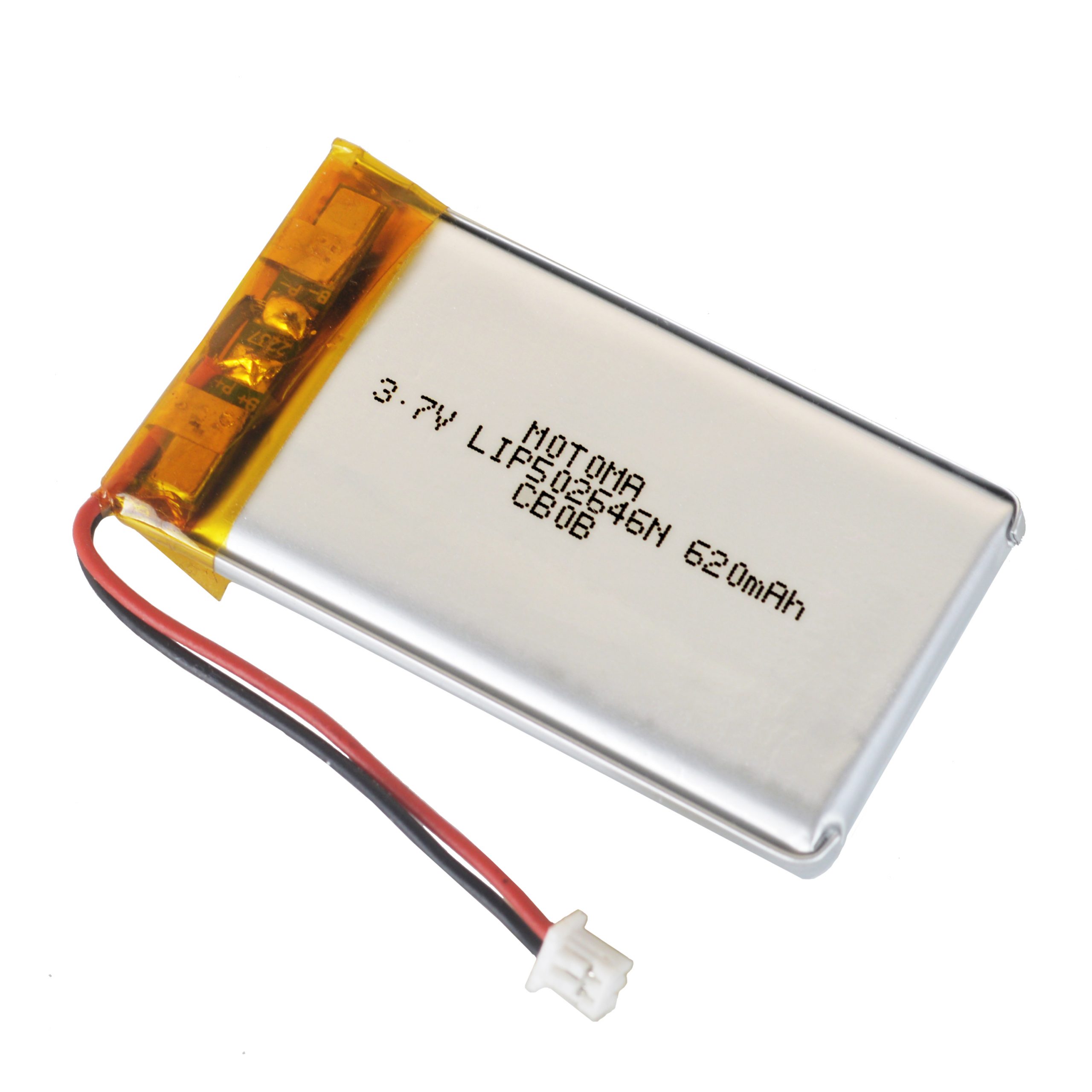Breastfeeding is the best way to feed your baby. However, some mothers cannot do it due to various reasons. If you’re one of those who want to continue breastfeeding even after giving birth, then you might want to consider investing in an electric breast pump. Why not? Knowing more about this electric breast pump means learning more about how to benefit from it and make it work.
What is an electric breast pump?
An electric breast pump is a device that helps to extract milk from the breasts of a lactating mother. It can be used to relieve engorgement, stimulate milk production, or provide milk for a baby who is not able to breastfeed. There are many different types and models of electric breast pumps on the market, so it is essential to do research before purchasing one. Some factors you may want to consider include: how often you will be using the pump, whether you will be pumping both breasts simultaneously, and whether you need a hands-free option.
Types of electric breast pumps
Electric breast pumps are becoming increasingly popular with new mothers. There are many different types of electric pumps on the market, so it is essential to know what you need before making a purchase.
The most common type of electric breast pump is the single electric breast pump. The single electric breast pumps are designed to extract the milk from one breast at a time. Single electric breast pumps are typically more affordable than double electric breast pumps and are ideal for occasional pumping or when you are away from home.
Double-electric breast pumps are designed for both breasts simultaneously, allowing you to pump each breast separately. This type of pump is more expensive than a single electric pump but can be worth the investment if you plan on pumping frequently. Double-electric breast pumps are also faster and more efficient than single-electric models.
Benefits of using it
An electric breast pump is an electro-mechanical device that sucks milk out of your breasts. Electric breast pump powered by Lithium Polymer Battery. It is usually used by mothers unable to breastfeed their babies directly.
There are many benefits of using an electric breast pump, including the following:
1. Increased Milk Production: It can help you increase your milk production. This is because the pump can remove more milk from your breasts than you could with manual pumping or breastfeeding. Additionally, using the pump regularly can help stimulate your body to produce more milk.
2. Convenience: It is much more convenient than a manual one. This is because you don’t have to do the work of operating the pump yourself. Electric pumps are usually smaller and more portable than manual ones, making them easy to take with you when you travel.
3. Better Milk Quality: It can help you produce higher-quality milk than manual pumps or breastfeeding alone. The pumps can remove milk more efficiently and evenly from your breasts. Electric pumps are less painful than manual pumps since they have softer suction cups that fit better over your nipples.
4. Electric Breast pumps are rechargeable. Due to mother and baby safety concerns, most of Electric Breast pumps are Powered by Motoma LiPo batteries.
Tips for Using an Electric Breast Pump
When it comes to using an electric breast pump, there are a few things you need to keep in mind. Here are some tips to help you get the most out of your pump:
1. Make sure the pump is assembled correctly before use. This includes ensuring that all parts are securely attached and that the tubing is not kinked.
2. Before pumping, massage your breasts to help stimulate milk flow.
3. Start with the lowest setting on the pump and gradually increase it as needed. It’s important not to go too high too quickly, as this can cause discomfort.
4. Pump for 10-15 minutes per session or until let-down occurs.
5. Once finished, disassemble the pump and clean all parts thoroughly before storing.
How to Clean it
If you have an electric breast pump, it’s essential to keep it clean. Here are some tips on how to clean your it:
1. Disassemble the pump according to the manufacturer’s instructions.
2. Wash all of the parts in warm, soapy water.
3. Rinse all of the parts well and allow them to air dry.
4. Reassemble it according to the manufacturer’s instructions.
Conclusion
If you’re considering using an electric breast pump, you should keep a few things in mind. First, make sure you research and buy a quality pump that is comfortable for you to use. Second, be prepared to pumping often, as it can take some time to get used to the pump and get the hang of it. Lastly, don’t be afraid to ask for help from friends or family if you need it – most people are happy to lend a hand (or a breast) when it comes to feeding a baby.





